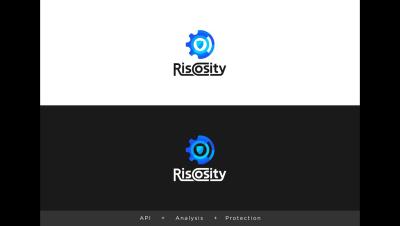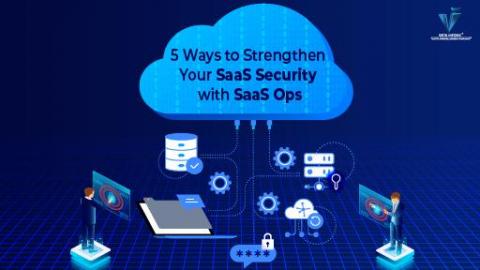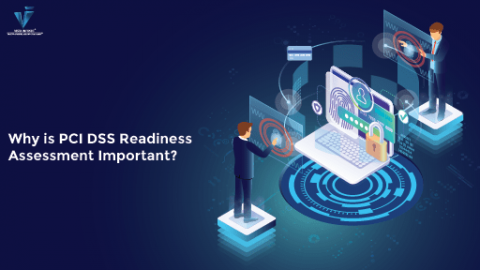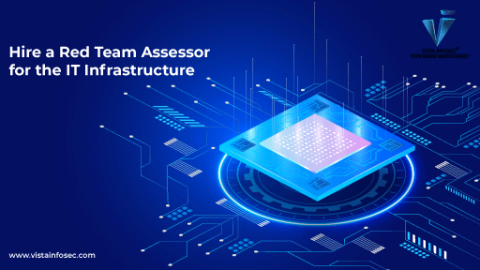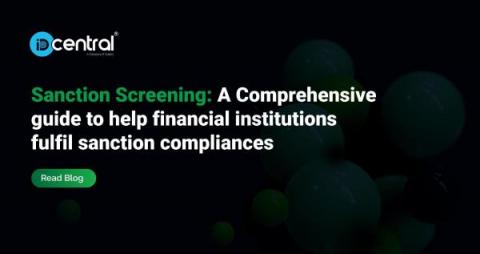4 tips to achieve Data Compliance
Data compliance is a crucial and essential factor in organizations that should be carefully followed for data management. Data compliance is more than maintaining relevant standards and regulations and ensuring that the data is secured. The substantial amount of data that is processed and used in organizations must be managed properly. All phases of data access, usage, modification, and storage should be governed by correct policies, protocols, and standards.



